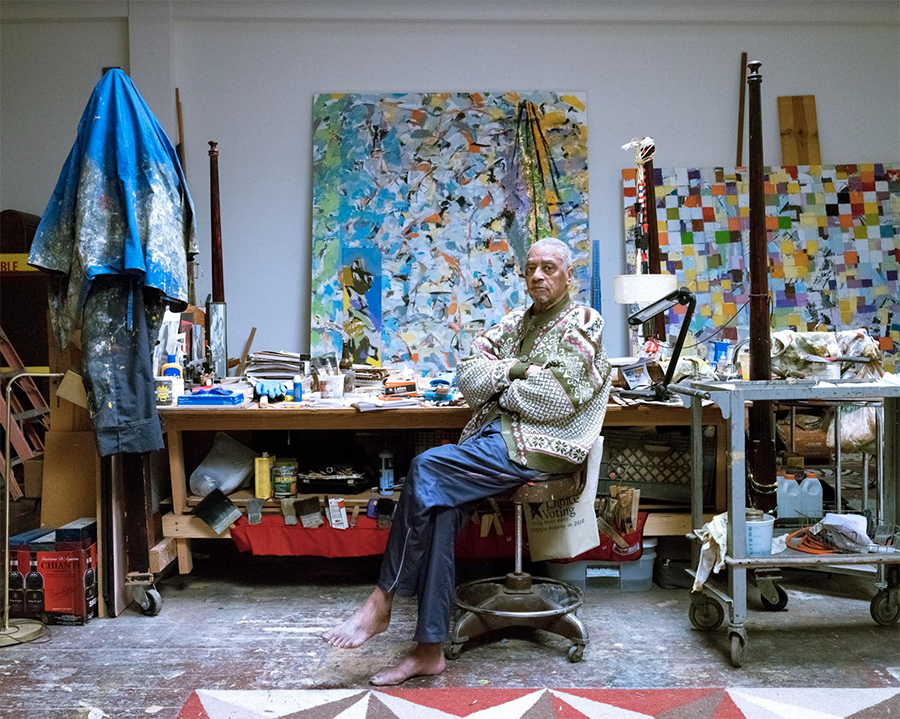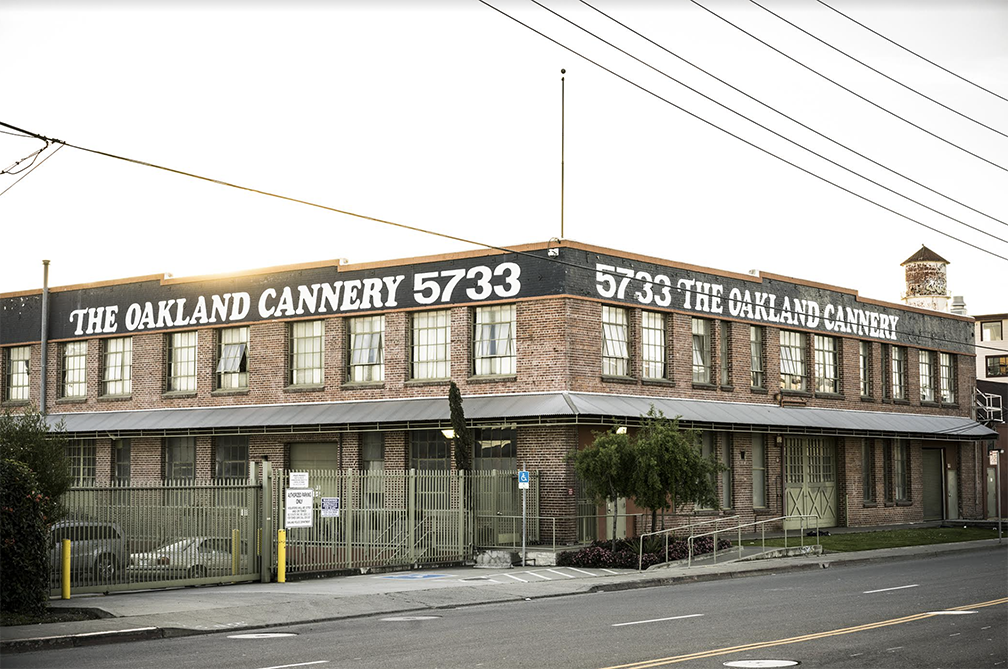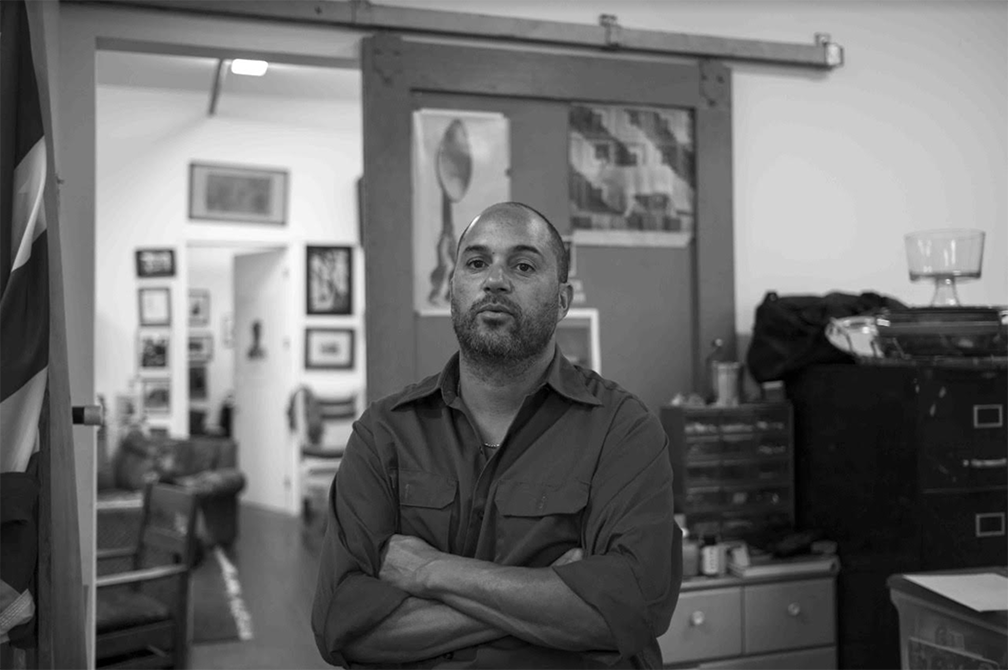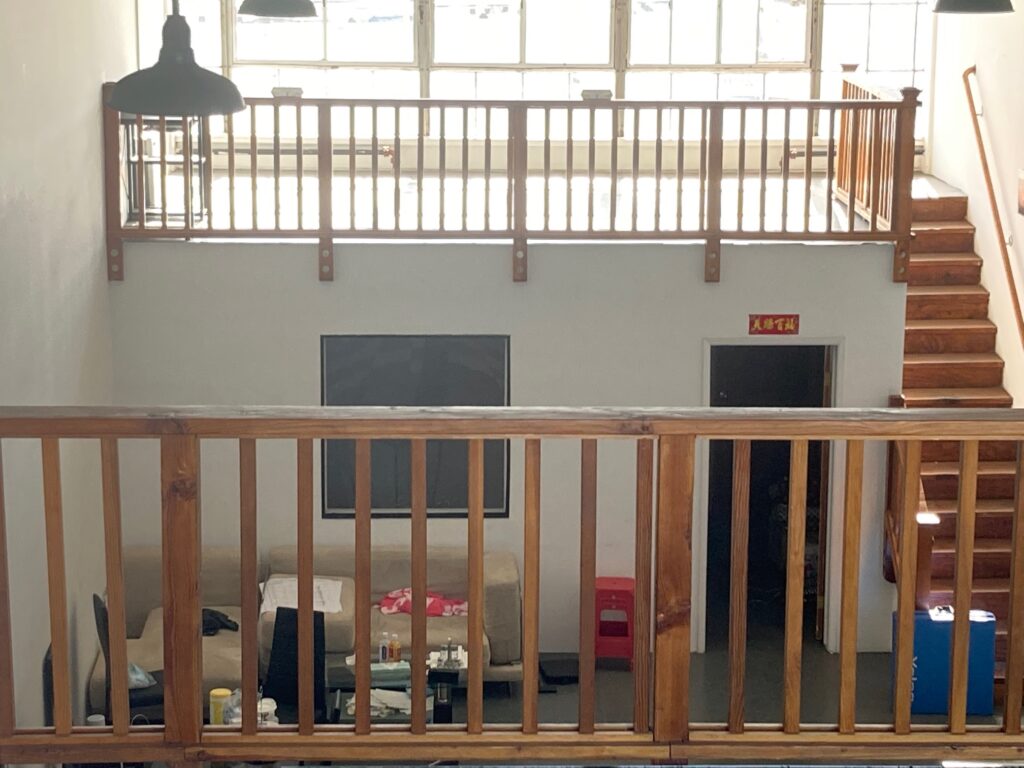Oakland Artists Battle Weed Growhouse Over “Unsafe” Living Conditions
An East Oakland landmark, The Oakland Cannery, has been the topic of many articles regarding evictions they have been facing for the past 6 years. This July, the Cannery residents will go into settlement court with their landlords, Colorado-based cannabis investment firm Green Sage LLC. If they can’t reach an agreement, they will have their final standoff in August.
Tenants hope that the landlords would be held accountable under the full extent of the law. They have allegedly disregarded city rules and regulations, allowed unpermitted diesel generators, used studios for cannabis use only, and violated the legislation of the city ordinance. In addition, there has been ongoing harassment as well as health and safety concerns according to tenants.
Alistair Monroe has taken to be the voice for the studios, his father’s legacy, and the group of tenants. It’s clear that he’s in full-on survival mode at this point, trying to continue to advocate for all with the knowledge that it might be a losing battle. I’ve been CCed on some of the emails he’s sent to the city and the passion and drive that Monroe has to save this space is impressive. Daily he contacts whomever he can to get help with this situation and dig into whether there are any tenants’ rights left for the residents. Stating that “What we have found is that the city of Oakland has no secured policies for warehouses and residential live-work mixed-use environments. They have rolled the dice with the cannabis industry which offers limited protection and residents have to seek legal assistance through local law group programs.”
The situation at The Cannery is actually pretty dangerous. Shockingly, they have had diesel generators running 24-7 and have been for over 1.5 years due to the electrical infrastructure not being able to handle the supply and demand of the newly installed equipment by Green Sage. It’s creating extremely hazardous situations. Monroe speaks of one such incident in detail: “On July 29th, 2020 around 10 pm, the electricity in the building became unstable with power flickering. A backup generator began running erratically, burning black smoke into the residential units, and the Oakland Fire department was called. The generator was shut down,” says Monroe.
PG&E has recommended that Green Sage upgrades their electrical infrastructure to support the new units, and the cost of those upgrades would be the responsibility of Green Sage. As a result, the information from PG&E was ignored and they went ahead with powering the A/C units, which caused the entire building to lose power. When I went to visit the space, the security system was malfunctioning from this power supply issue as well. Having parts of the building regularly malfunction is a very common occurrence at this point.
There are 20 units in the building – only 8 are now occupied. Allegedly, tenants decided to leave on their own due to these health and safety factors, no onsite residential manager, the unpermitted diesel generators, studios used for cannabis offices, break rooms and crash pads, unannounced power shutdowns, towed and damaged vehicles, and no security measures for protection. Most residents would agree that Green Sage is making the building nearly uninhabitable. One tenant told us anonymously that she was “run out” of the building after the new landlords had increased her rent by 10%. While we don’t agree in hikes that push a tenant out of their home; sadly, rent increases this high are within their legal rights and a large part of why many artists end up being forced out of their housing. For making the place nearly unlivable, the city has stepped into give Green Sage multiple code violations but hasn’t done much beyond that to assist the tenants.
It’s a really sad situation. The Cannery started as artists looking to build a thriving community with affordable housing in an area of Oakland no one wanted to develop. Now, Green Sage is attempting to push out those very artists. “While the arts community viewed itself as a vital component of the city, the city viewed that community as a stop-gap measure, place holders in the absence of new investment,” says Monroe.

Portrait of famous abstract expressionist painter, Arthur Monroe – photo by Kirk Crippens & Torre McQueen
The message the city is giving is that they don’t care about live/work units in Oakland. The Cannery was the first known live/workspace and has housed artists, like Monroe’s father Arthur Monroe, whose work is now with The Smithsonian African American Museum of History and Culture, Washington DC. Arthur Monroe is known to be the first African American abstract expressionist painter.
Before the rezoning of much of Oakland’s industry to “Green Zones”, artists thrived in Oakland. “Oakland has a protracted history of being a place without a “there”, without an identity, an ethos, an epicenter. This was punctuated succinctly by Gertrude Stein when she reduced her hometown to a one-liner: “There’s no there, there”. Before parts of East Oakland were selected to become the “there” of Oakland’s cannabis Green Zone; the city’s latest attempt at economic redevelopment, the creative community was here,” says Monroe.
The artists at The Cannery have created a “there” for themselves. They even had a short-lived gallery called Gallery 5733 in a vacated studio within the building. But in the meantime they were able to bound together and feature the talent that exists within their building. They are known officially as The Oakland Cannery Collective. Although this gallery they created as a community was in a studio which had been unused and empty, it was eventually shut down by Green Sage. In a public Facebook video, you can see that the landlords came in with security to take the artwork down.
What does the future look like for the residents at The Cannery? After their court cases this summer, the future is unknown. It’s clear that Green Sage is bullying them out of the studio spaces. However, people like Alistair Monroe continue to push the city to step up and hold Green Sage accountable. He’s determined to advocate for others best he can.
What does the future look like for artists in these types of spaces? What’s clear is that these green zones will continue to be an issue. Pushing out the rich artist community of Oakland without any support from the city. The Cannery isn’t the only space facing the reality of the cannabis industry swooping in to take their homes and studios away. Without help from city officials to find new solutions, we will see less and less of the art community finding a place to call home here in The Bay Area. We hope that, whatever happens in August, tenants at The Cannery will be able to bounce back and get back on their feet quickly after such a long battle between them and their current landlords.
We have reached out to Green Sage and they have yet to respond. You can’t go to court without two sides to a story and we wonder what Green Sage’s point of view is. We will continue to monitor this story and give you news as we have it.
To support the Oakland Cannery Collective visit their website or donate here:











